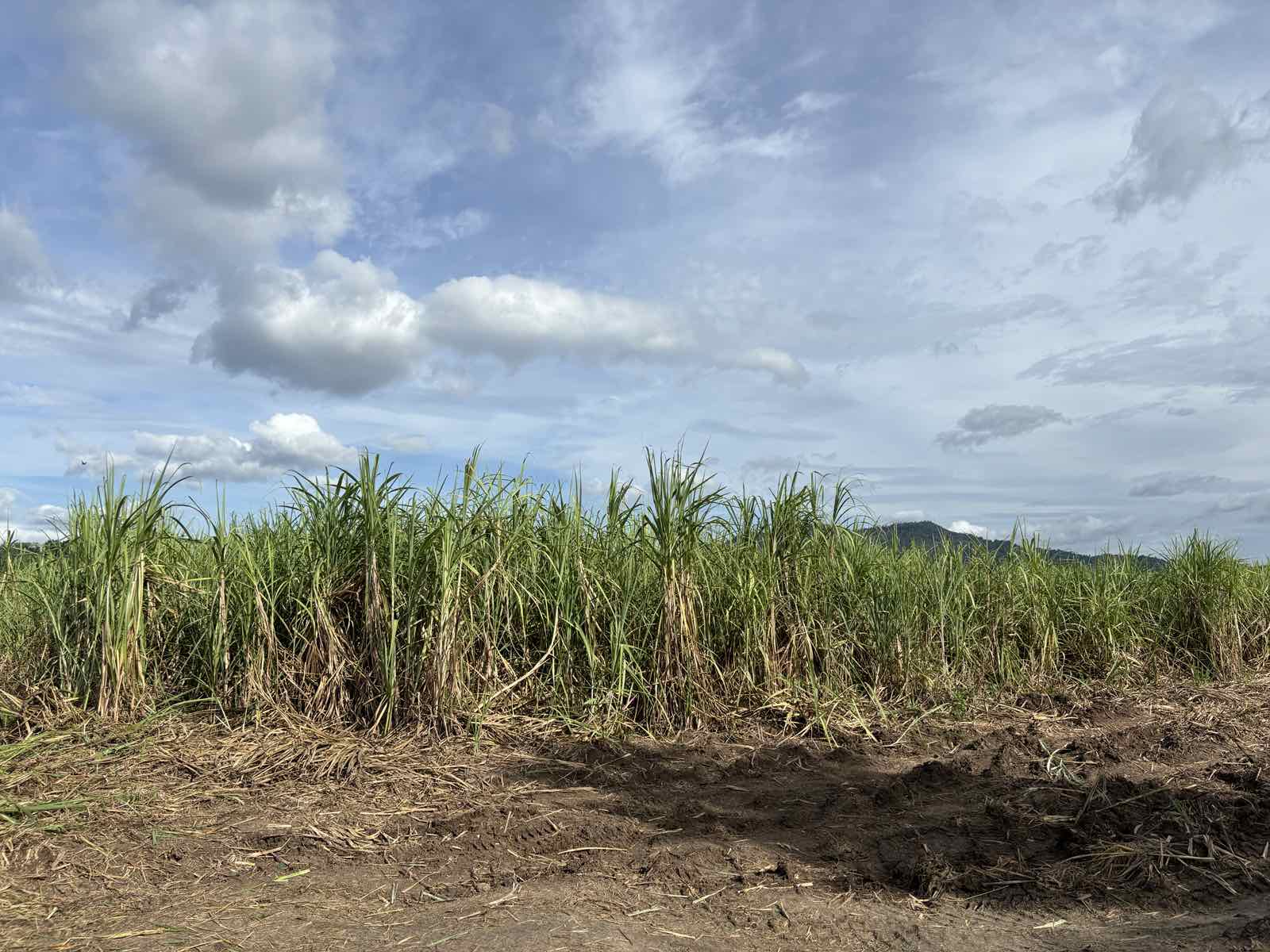186 hectares of sugar farms in Negros Occidental pest-infested

A sugar farm in Kabankalan City. Photo by Jordeene B. Lagare
MANILA, Philippines — The red-striped soft-scale insects that hit portions of Negros Occidental have affected the livelihood of 115 sugar farmers, the Sugar Regulatory Administration (SRA) said on Thursday.
According to the SRA, the insect infestation has affected 186.03 hectares of sugarcane plantations in various areas of the province.
Affected areas include La Castellana, La Carlota, Bago City, Murcia, Bacolod City, Silay City, Enrique B. Magalona, Victorias City, Manapla, Cadiz City, Toboso and Sagay City.
READ: Pests hit sugarcane farms in 6 cities, 4 towns in Negros Occidental
“We were able to contain this pest in Luzon. We are pretty sure… it’s quite difficult [to contain] now in Negros because it’s harvest season,” SRA Administrator Pablo Luis Azcona said.
He explained that it would be challenging to control the pest spread since sugarcanes are being transported to and from the northern and southern parts of the province.
“But once the harvest is over this month, it will be a lot easier to contain,” he told reporters on the sidelines of the inspection of smuggled goods at the Port of Manila.
Huge impact
READ: SRA: Pests threaten Negros sugar fields
Azcona said the red insects can slash sugar production by about 50 percent if the infestation is severe.
“In Negros, it’s not that severe and our farmers responded swiftly to the pest disease,” he said, adding the SRA received a “favorable response” from the Department of Agriculture (DA) to address it.
Some of the interventions include providing pesticide assistance to farmers. Soaking planting materials before planting aims to ensure canes are pest-free.
The DA will also seek and implement quarantine protocols as well as involve the Bureau of Quarantine to prevent the transport of planting materials from infected areas.
READ: Slower decline in sugar output seen
Local output
The SRA confirmed the first case of red-striped insect infestation on May 21, initially affecting six areas in the northern part of Negros Occidental.
It also noted that the pest might reduce sugar content by as much as 50 percent, unless not contained, citing studies conducted by the University of the Philippines in certain areas in Batangas and Tarlac, as well as raise production costs.
Scientifically known as Pulvinaria tenuivalvata, this insect is usually found at the lower surface of the middle leaves of sugarcane, according to the National Crop Protection Center of UP Los Baños.
The DA and the SRA are coordinating with the Fertilizer and Pesticide Authority for the release of an emergency-use permit of covering five insecticides that can curb the infestation: buprofezin, dinotefuran, phenthoate, pymetrozine and thiamethoxam.
